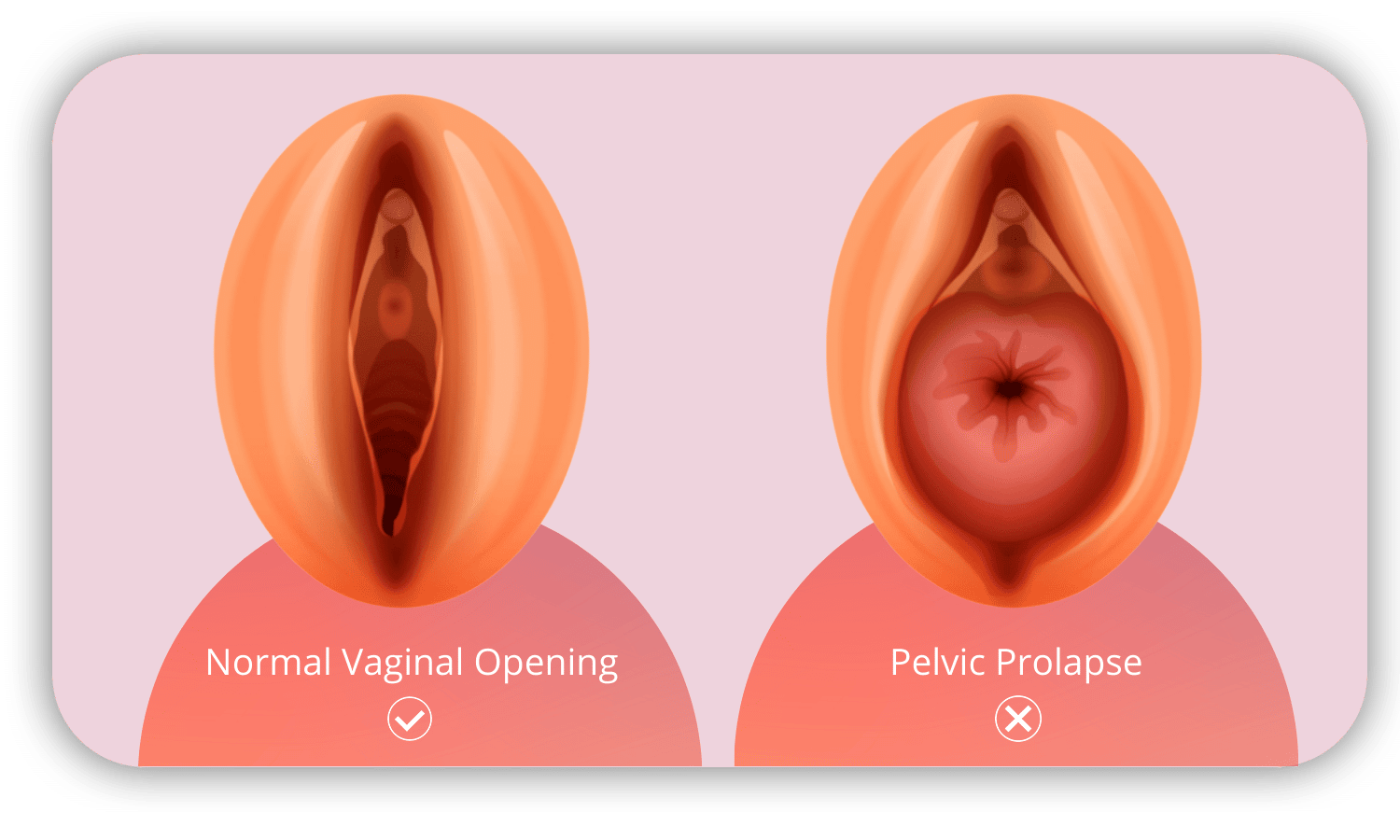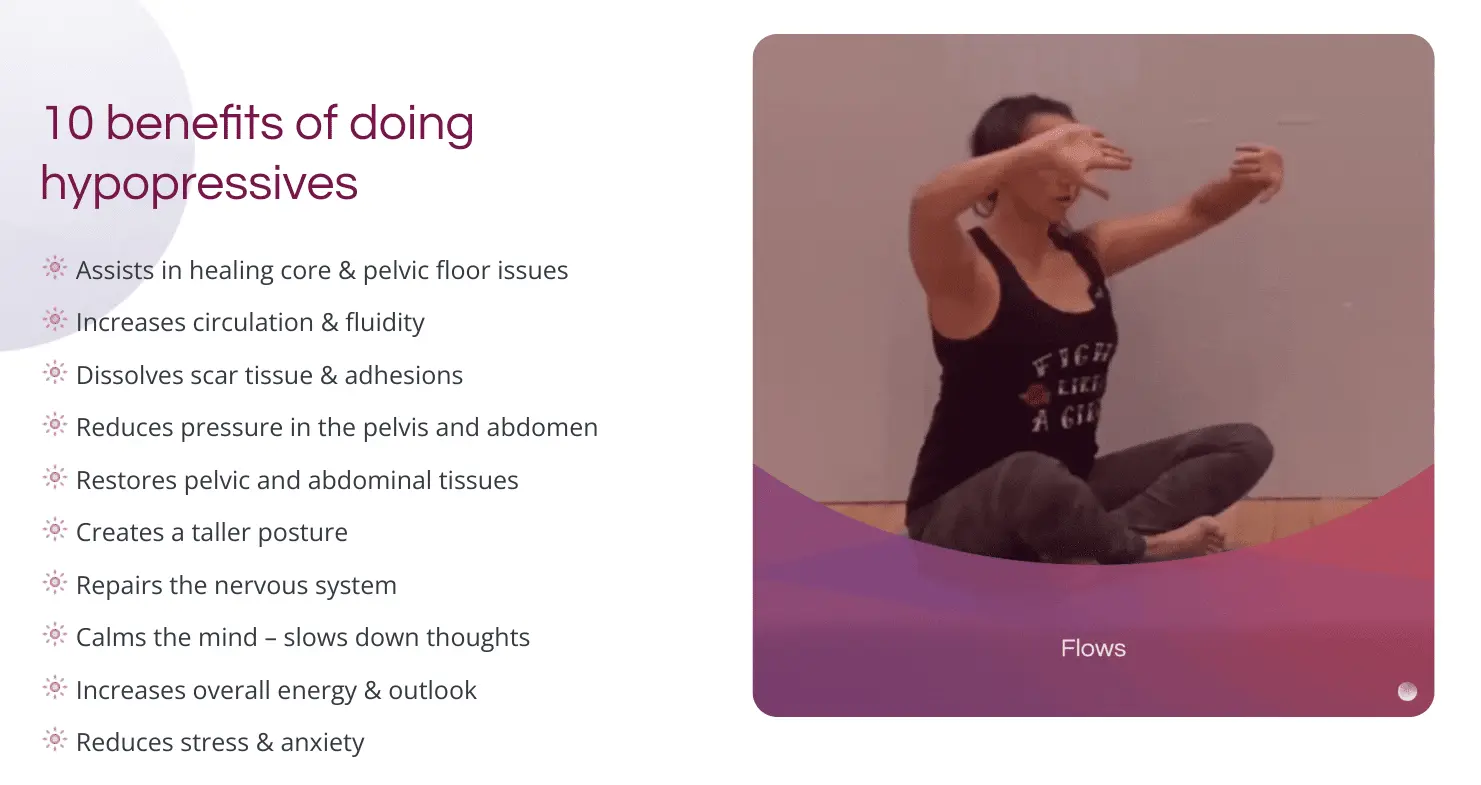How MoonRise defines symptoms of pelvic dysfunction & core-related issues
- January 4, 2023
- Pelvic Floor

Ever turned to “Dr. Google” to get answers to your most pressing, need-to-know health questions?
I’ve done it, and I have a feeling many other women have too.
It’s frustrating and sometimes scary when you don’t know what’s going on with your body. And with Google being so accessible, it’s almost a knee-jerk reaction to start searching.
The unfortunate thing, however, is that not all information you find online is accurate. Or what you read could create more fear about the symptoms you’re experiencing. And that fear can get in the way of finding a solution.
Or create a freeze response where you don’t know where to turn for help.
While “Google searching” is not inherently bad or wrong, it’s much more reassuring and empowering to have resources you can rely on and turn to in times of need.
Resources that you’ve been referred to by a friend, are written with good, and honest intentions. Or resources that you relate to or connect with based on your own intuition.
These are the type of resources we strive to create at MoonRise. One that our customers and potential customers have come to rely on.
Myself and our other MoonRise practitioners write from our personal experiences, including the struggles and successes of our personal healing journey.
In addition, we include information gleaned from the experiences of the 1000s of women we’ve worked with around the world.
This brings me to the purpose of this blog and the pelvic floor-related symptoms I’m about to share. I know you can Google these to find the definition.
But, at MoonRise we have a slightly different perspective than the traditional medical system when it comes to explaining symptoms. They are less fear-provoking than the traditional definitions, yet still accurate, scientifically speaking.
Ultimately, the goal of this list is to help you understand whether or not you may be experiencing a pelvic floor-related condition. It’s also intended to reassure you that there are natural healing solutions that exist.
So, “no”, you don’t have to live with symptoms forever. There is hope for you and effective healing methods that safely improve symptoms.
Ready to take a look at them?
Definitions: Pelvic Floor Physical Symptoms
- Prolapse = heaviness in the vagina, one or more pelvic organs are being pulled down
- Enterocele = the vaginal wall towards the small intestine gets pulled into the vagina.
- Cystocele = the vaginal wall towards the bladder bulges into the vaginal canal

- Rectocele = vaginal wall towards the rectum gets pulled into the vagina
- Uterine Prolapse = the cervix and uterus are being pulled down in the vaginal canal toward the vaginal opening
- Urethral prolapse = the tissues surrounding the urethra (a tube where your urine passes to exit the body) are being pulled into the front wall of the vagina
- Incontinence = urine or fecal leakage
- Urge incontinence = you experience intense urges to pass urine. There are often only a few seconds between the need to urinate and the release of urine.

- Stress incontinence = unintentional loss of urine prompted by physical movement or activity that puts pressure on your bladder, such as coughing, sneezing, laughing, or exercising. (It’s not related to feeling stressed.)
- Mixed incontinence = symptoms of both stress and urge incontinence.
- Overflow incontinence = the bladder cannot completely empty when you pass urine.
- Functional incontinence = due to physical and/or mental reasons you are unable to get to a bathroom in time.
- Nocturia = you wake up during the night because you have to urinate.
- Vaginal Vault = when the cervix and the top part of the vagina lose support and get pulled into the vaginal canal or outside the vagina
- Diastasis-Recti = is a midline separation of the rectus abdominis (6-pack muscle) due to stretching, thinning, and weakening of the connective tissue — called the linea alba. To be called a diastasis recti, the separation of the abdominal wall must be at least 2 fingers wide and a certain depth.
- Pelvic Pain = tenderness, soreness, aching, discomfort, sharp or piercing pain at any given moment in your pelvic floor or pelvis.

- Vaginal Chafing = when friction occurs around the vaginal opening, creating discomfort. When chafing is severe, the skin can even blister, peel and sometimes bleed
- Hypertonic Pelvic Floor = tightness in your pelvic floor also called pelvic tension. May create pain and discomfort.
- Vaginal Gas/Queefing = passing gas through the vagina
- Vaginal Wideness = feeling of wide/loose vagina
- Vaginal Dryness/Vaginal Atrophy = dry, itchy skin in the vaginal area as well as pain and discomfort.
- Hemorrhoids = are swollen veins in your anus or lower rectum. They may occur internally and/or externally
- Fibroids/Cysts = grow inside or outside the uterus, non-cancerous

- Levator Ani Avulsion = tearing of the levator ani muscle on the pubic bone
- Pudendal Neuralgia = long-term pelvic pain that originates from damage or irritation of the pudendal nerve – a main nerve in the pelvis
- Low Libido = having little to no interest in any type of sexual activity, including masturbation
- Hypotonic Pelvic Floor/Weak Pelvic Floor = imbalances and lack of support in the pelvic floor. The feeling of weakness is in many cases due to tension.
- Tailbone Pain/Coccydynia = tenderness paired with a dull, achy pain in the tailbone area, at the very bottom of the spine, between the buttocks
- Constipation = most commonly occurs when waste or stool moves too slowly through the digestive tract or cannot be eliminated effectively from the rectum, which may cause the stool to become hard and dry

- Belly pooch or bulge = protruding just above or below the belly button
- Coning: Abs poke out like a shark fin = is when the Linea alba pushes out further than the rest of the abdominal wall.
- Doming: A long hole between the abs like a crater = is a manifestation of less-than-optimal management of intra-abdominal pressure (pressure generated in your abdomen) during exertion
- Softness around belly button = is a soft lump around your navel that’s more noticeable when you lie down, and you might see a bulge under the skin
- Look 4 or 5 months pregnant = your belly may appear to stick out just above or below the belly button, making you appear pregnant months or years after giving birth

- Hernia = is a tear or weakness in the muscles/fascia in your abdominal wall that causes your internal organs or intestine to protrude or bulge out from your abdomen or groin
- Torso looks/feels wider = chest, abdomen, pelvis, and back looks and feel wider than usual
- Look and feel bloated = A belly bulge that doesn’t go away eight weeks after delivering your baby
- Pelvic Burning = It may be felt in the lower abdomen, pelvis, vagina, external vaginal area, rectum, or bladder. This pain may be present constantly, intermittently, or with certain activities
- Pain or difficulty lifting objects = experiencing pain when lifting moderate to heavy objects
- Pain or discomfort when walking = experiencing pain or chafing when walking
- Feel weak in the core = when the movement pattern is limited because of lack of connection with your core
- Always hunching / poor posture = Slouching, slumping your back

Blog posts you might like:






